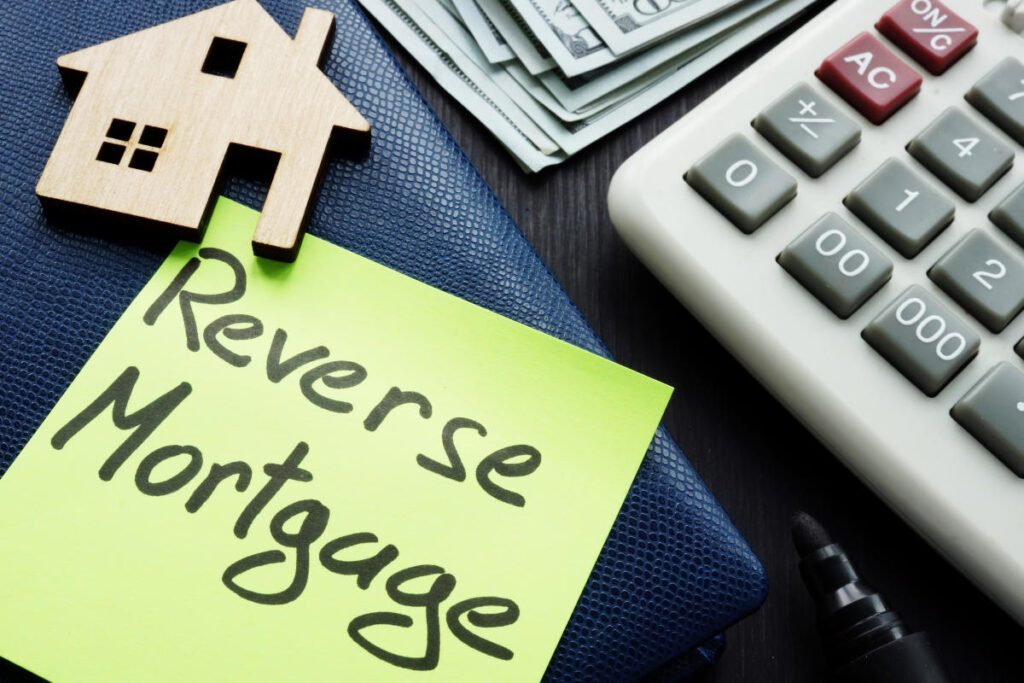A reverse mortgage is a financial product designed specifically for senior homeowners over the age of 62, allowing them to borrow money against the equity in their homes. This type of home loan is geared towards those who occupy the home as their primary residence and either own it outright or have a minimal remaining mortgage balance. One of the most notable features of a reverse mortgage is that it provides the borrower with monthly income without requiring monthly payments back to the lender while they live in the home. This financial tool is often appealing, but it may not be suitable for everyone considering individual circumstances and needs.
Unlike traditional mortgages where borrowers receive funds and repay them in monthly installments, a reverse mortgage functions inversely; homeowners receive funds while their debt increases over time. The loan becomes due when the homeowner sells the home, moves out for an extended period, or passes away, at which point their estate is responsible for repayment. The most common form of reverse mortgage is the Home Equity Conversion Mortgage (HECM), which is insured by the Federal Housing Administration (FHA). These loans have specific benefit protections for borrowers, ensuring they will not owe more than the appraised value of the home, which provides some security if property values decrease.
There are several types of reverse mortgages available aside from HECMs, including proprietary loans from private lenders, typically for homes valued above the HECM maximum claim amount, which is $1,149,825 for 2024. Additionally, single-purpose reverse mortgages offered by government agencies or nonprofit organizations can only be used for specific purposes, such as home renovations. However, regardless of the type, qualifying for a HECM involves meeting certain requirements: being at least 62 years old, living in the home as the primary residence, carrying low to no existing mortgage debt, and being current on property taxes and insurance.
The principal limit is a critical aspect of reverse mortgages, determining how much money a homeowner can borrow based on several factors, primarily the home’s value, the borrower’s age, and current interest rates. Generally, older borrowers have access to higher loan amounts. Homeowners can choose how they receive these funds, opting for a lump sum, monthly payments, or a line of credit. Each option serves different financial needs; for example, lump sums may be suitable for specific financial emergencies, while monthly payments help maintain a steady cash flow, particularly for retirees with limited income.
While reverse mortgages can provide valuable financial support, they also come with drawbacks. Borrowers face traditional closing costs such as origination fees and insurance premiums, which can reduce the total loan amount. Furthermore, over time, the debt accumulates interest, reducing the overall equity the homeowner has in their property. As such, this can lead to potential complications for heirs regarding the eventual sale of the home. It’s also essential to consider that failing to maintain payments on property taxes or homeowner’s insurance can trigger loan repayment conditions.
Finally, reverse mortgages are designed to benefit seniors who are planning to remain in their homes long-term and require additional income to support their lifestyle. These loans allow homeowners to access equity without losing ownership of their property, provided they meet certain conditions. While credit score is not a factor in the approval process, careful deliberation of individual financial circumstances and future plans is crucial for potential borrowers. The decision to pursue a reverse mortgage should involve thorough research and potentially a consultation with a financial counselor to evaluate if this financial product aligns with their goals.

